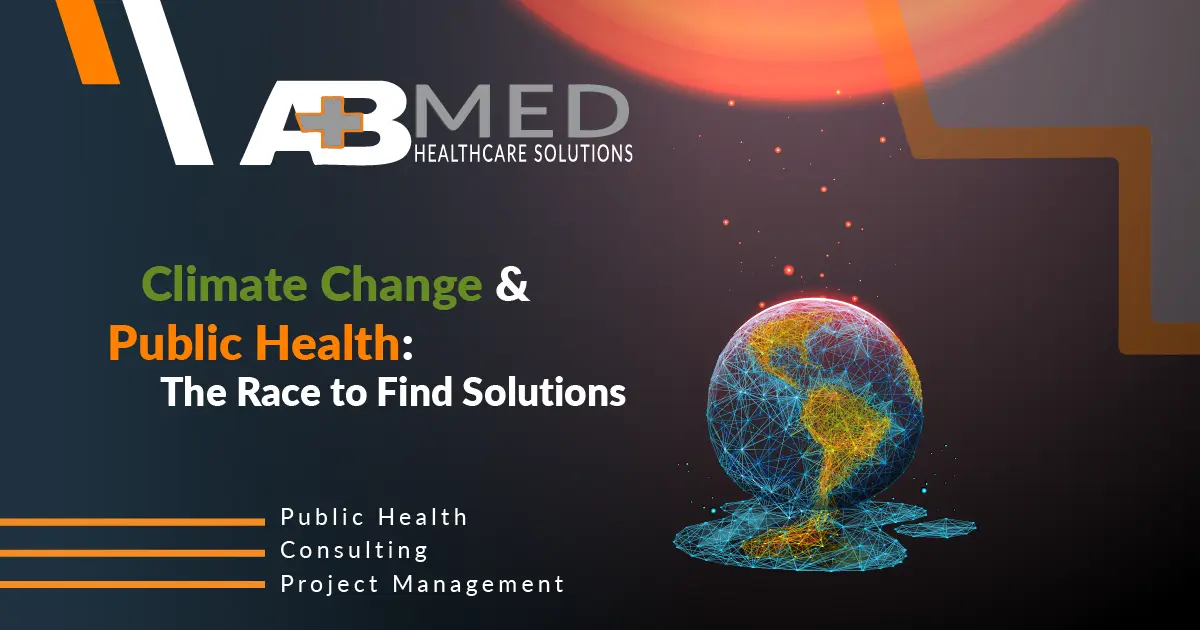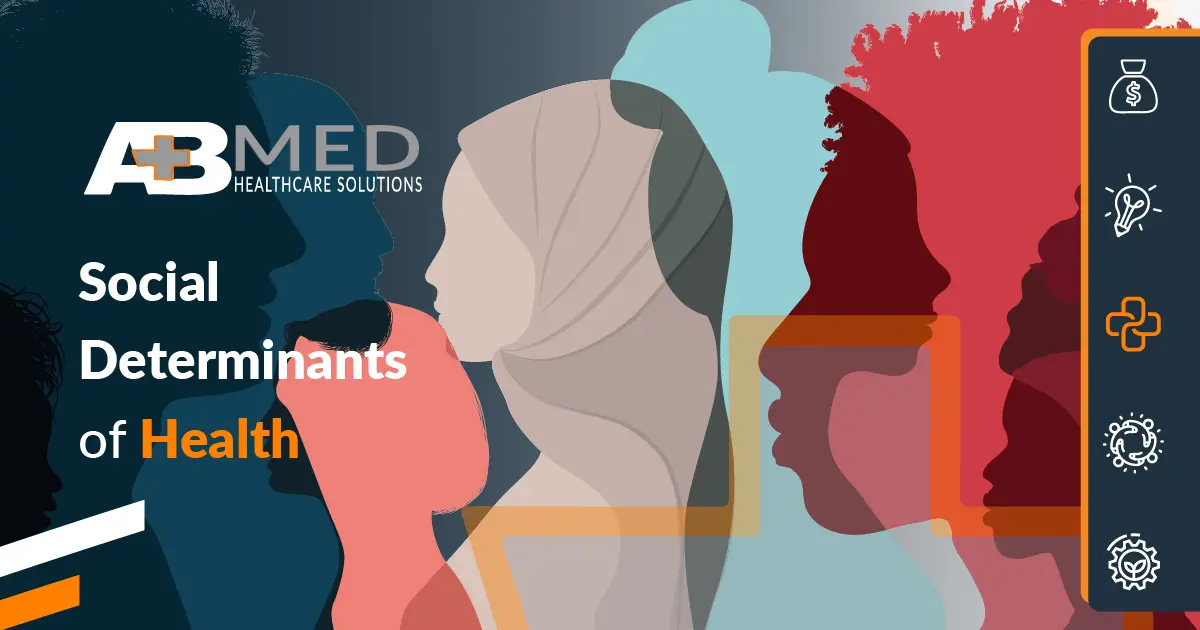Cardiovascular disease is the number one killer globally. Every year, heart disease claims an estimated 17.9 million lives, one-third of which are under the age of 70 [i]. While almost all public health focus over the past several years has revolved around the COVID-19 virus, it is important to also recognize how the pandemic has impacted the severity and treatment of other serious illnesses, particularly cardiovascular ones.
The Direct Impact of COVID-19 on Cardiovascular Disease
Certain heart conditions have long been recognized to result in severe illness following a COVID-19 infection. However, the impact that COVID-19 has on heart health and functioning post-infection is now beginning to be understood more clearly.
While both the short and long-term effects of COVID-19 are still being studied, research is beginning to suggest a connection between COVID-19 infection and an increased risk for heart disease. One study found that individuals who had experienced a COVID-19 infection (including those that were not hospitalized) were at an increased risk for “cerebrovascular disorders, dysrhythmias, ischemic and non-ischemic heart disease, pericarditis, myocarditis, heart failure and thromboembolic disease. [ii]
According to Johns Hopkins, the effort made to fight off the COVID-19 infection can trigger an inflammatory process that has the potential to damage healthy heart tissue [iii] . Additionally, COVID-19 can also impact heart function by compromising blood flow due to affected endothelial cells.
The Indirect Impact of COVID-19 on Cardiovascular Disease
In 2020, heart disease deaths in the United States increased by 4.8%, the biggest increase since 2012 [iv] . While multiple factors contributed to this increase, one of the largest that needs to be considered is the indirect impact that the coronavirus pandemic had and still has on healthcare systems.
According to the American College of Cardiology, the pandemic disrupted heart disease care “potentially due to the avoidance of hospitals out of fear of exposure to the virus, increased health care system strain and the deferral of semi-elective procedures and care.” [v] Similarly, the CDC reported that between March and May of 2020, emergency department visits for heart attacks decreased by 23% and 20% for strokes [vi]. Though a limited timeframe, these numbers suggest what many have predicted and feared: patients are not seeking heart health care because of the pandemic.
While it is not the latest news that the COVID-19 pandemic has placed a strain on hospitals and public health infrastructures, more attention should be given to the impact these strains have on patients who have and are at risk for heart disease.
The Need for Public Heart Health Initiatives
One of the most promising ways to address the direct and indirect impact that COVID-19 has on cardiovascular disease is through public health initiatives. One such national initiative, Million Hearts 2027 [vii], aims to prevent 1 million heart attacks and strokes within 5 years. Their strategy has the following priorities:
Building Healthy Communities
- Decrease Tobacco Use
- Decrease Physical Inactivity
- Decrease Particle Pollution Exposure
Optimizing Care
- Improve Appropriate Aspirin or Anticoagulant Use
- Improve Blood Pressure Control
- Improve Cholesterol Management
- Improve Smoking Cessation
- Increase Use of Cardiac Rehabilitation
Focusing on Health Equity
- Pregnant and Postpartum Women with Hypertension
- People from Racial/Ethnic Minority Groups
- People with Behavioral Health Issues Who Use Tobacco
- People With Lower Incomes
- People Who Live in Rural Areas or Other ‘Access Deserts’
Healthcare leaders and local health departments play a critical role in developing local-level strategies. These initiatives enhance policy, systems, and the environment to minimize cardiovascular disease risk factors and health inequities through community and healthcare interventions.
Don’t miss a beat
Are you struggling to determine your community’s needs, or do you have a plan but lack the experts and workforce to execute? We are here to help. We have the qualifications required to ensure your healthcare programs’ successful development, implementation, and ongoing performance. Let’s Connect.
REFERENCES & RESOURCES
- World Health Organization (2019). Cardiovascular diseases. [online] Who.int. Available at: https://www.who.int/health-topics/cardiovascular-diseases#tab=tab_1.
- Xie, Y., Xu, E., Bowe, B. and Al-Aly, Z. (2022). Long-term cardiovascular outcomes of COVID-19. Nature Medicine, [online] pp.1–8. Available at: https://www.nature.com/articles/s41591-022-01689-3 [Accessed 9 Feb. 2022].
- www.hopkinsmedicine.org. (n.d.). Heart Problems after COVID-19. [online] Available at: https://www.hopkinsmedicine.org/health/conditions-and-diseases/coronavirus/heart-problems-after-covid19
- Ahmad, F.B. and Anderson, R.N. (2021). The leading causes of death in the US for 2020. JAMA, [online] 325(18). Available at: https://jamanetwork.com/journals/jama/fullarticle/2778234.
- American College of Cardiology. (n.d.). COVID-19 Pandemic Indirectly Disrupted Heart Disease Care. [online] Available at: https://www.acc.org/about-acc/press-releases/2021/01/11/16/40/covid19-pandemic-indirectly-disrupted-heart-disease-care.
- French, G. (2021). Impact of Hospital Strain on Excess Deaths During the COVID-19 Pandemic — United States, July 2020–July 2021. MMWR. Morbidity and Mortality Weekly Report, [online] 70. Available at: https://www.cdc.gov/mmwr/volumes/70/wr/mm7046a5.htm?s_cid=mm7046a5_w.
- CDC (2020). Million Hearts®. [online] Centers for Disease Control and Prevention. Available at: https://millionhearts.hhs.gov/.
By: Erik McLaughlin MD, MPH and Aikaterini Papadopoulou, B.Arch





